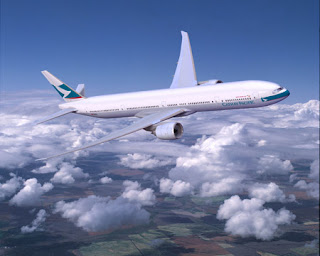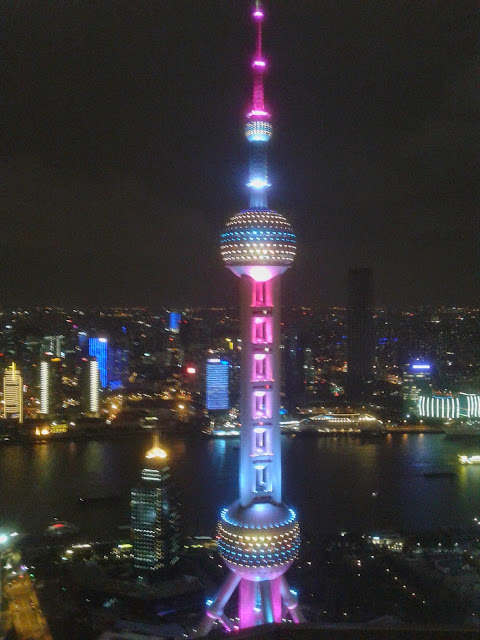The Paradox of Air Fares

Though having gradually come down recently, the spikes in oil prices this year have made it such a tumultuous time for the airlines that 26 of them worldwide, according to IATA, have gone to the wall already. For the shrewd management of those who remain, this should be a challenging time to test out the basic economics of demand and supply for the industry.
I believe for most industries, prices are demand-driven rather than cost-based. It means rather than just adding an arbitrary margin on to the base of operation costs, companies charge what they judge the customers are prepared to pay for their products, of course also in consideration of the competitive offers available. As a matter of fact, revenue and market shares, but not profitability, are usually top on the field sales' mind.
But for the airlines recently, the high fuel prices have made the basic arithmetic of revenue minus cost painfully clear that if the price charged cannot cover the cost of carrying one passenger, it is a critical matter of life and death. The challenge, of course, is in determining to what extent prices can be put up without dampening demand. Air travel is still perceived as extravagant by many people and may be put off in face of higher fares. At no time in history, perhaps, that airlines managers have to put the textbook economics of price elasticity to such vigorous test in running their day to day activities, in addition to their sales competence.
Paradoxically, calculating on a per distance basis (ie, mile or metre), air travel is probably the cheapest mode of chargeable transportation on earth. But how much a customer is willing to pay is still determined by how much she perceives the value to her of what she pays for, regardless of the cost. While this can be a blessing for some business (the luxurious brands, for example), more often than not, this is a curse for the airlines. With technology advancing and product innovation proliferating over the years, air travel is served with more efficient aircraft, better seats, more elaborate and user-friendlier inflight entertainments, even more ticketing convenience, plus many other added benefits (at least by the reputable airlines). But with the evolution of consumerism, ie, the ever-increasing privileges at no additional charge taken for granted all too readily, the question on how to enhance the perceived value of an airline ticket for a customer is becoming increasingly difficult to resolve. It is certainly no more just a marketing riddle, but one for which the whole service delivery team - ground staff and air crew alike - need to be part of the solution.



Comments